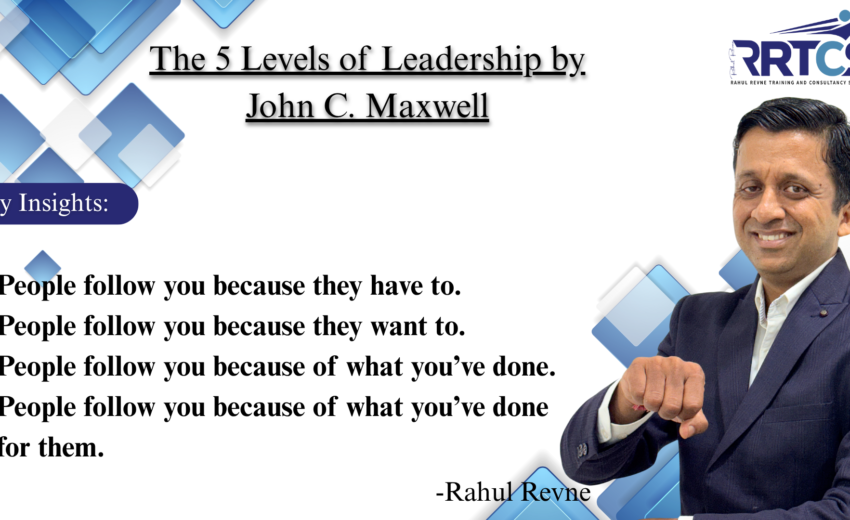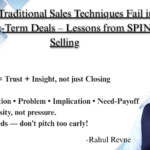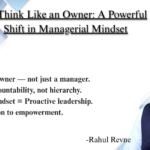
Leadership isn’t just about holding a title — it’s about influence, growth, and legacy.
John C. Maxwell, one of the world’s foremost leadership experts, offers a clear and actionable framework through his “Five Levels of Leadership.” Whether you’re just stepping into a leadership role or aiming to leave a legacy, these levels can transform how you lead yourself and others.
In this blog, we break down each level with examples and tips to help you apply them in your journey toward becoming a high-impact leader.
Level 1: Positional Leadership – People follow you because they have to
This is the entry-level of leadership — your influence comes solely from your job title. People comply with your instructions but may not be emotionally or intellectually engaged.
Example: A newly promoted team manager who is followed because of hierarchy, not trust or respect.
Tip: Earn credibility through consistency, fairness, and respect. Don’t rely on authority — build relationships and show you care.
Level 2: Permission Leadership – People follow you because they want to
Now you begin leading through relationships. Trust, empathy, and mutual respect become the glue that binds you and your team.
Example: A leader who listens actively, understands team dynamics, and fosters genuine rapport with their people.
Tip: Practice open communication. Empower your team by involving them in decision-making and showing appreciation regularly.
Level 3: Production Leadership – People follow you because of what you’ve done for the organization
At this stage, results speak louder than words. You lead by example, driving performance, efficiency, and outcomes.
Example: A sales leader who consistently exceeds goals and motivates others to raise their own bar.
Tip: Create a high-performance culture. Celebrate wins and model the discipline, focus, and resilience you expect.
Level 4: People Development Leadership – People follow you because of what you’ve done for them
This level is about multiplying leadership. You grow others, mentor emerging talent, and create leaders within your team.
Example: A coach or mentor who’s invested in the long-term growth of their people, helping them climb the ladder.
Tip: Offer stretch roles, mentoring, and feedback. Develop career paths for your team and support them as they take the lead.
Level 5: Pinnacle Leadership – People follow you because of who you are and what you represent
This is the level of legacy. Your leadership impact extends beyond your role or organization. You inspire movements, ideas, and transformation.
Example: Think of Nelson Mandela or Steve Jobs — leaders who transcended positions and became symbols of vision, courage, and impact.
Tip: Lead with purpose. Influence industries, mentor future leaders, and work toward a mission greater than yourself.
Leadership isn’t a position — it’s a progression.
By climbing these five levels intentionally, you can elevate not just your career but also the people and systems around you.
Whether you’re at Level 1 or Level 4, the journey is ongoing. Keep growing, mentoring, and inspiring — that’s the Maxwell way.











